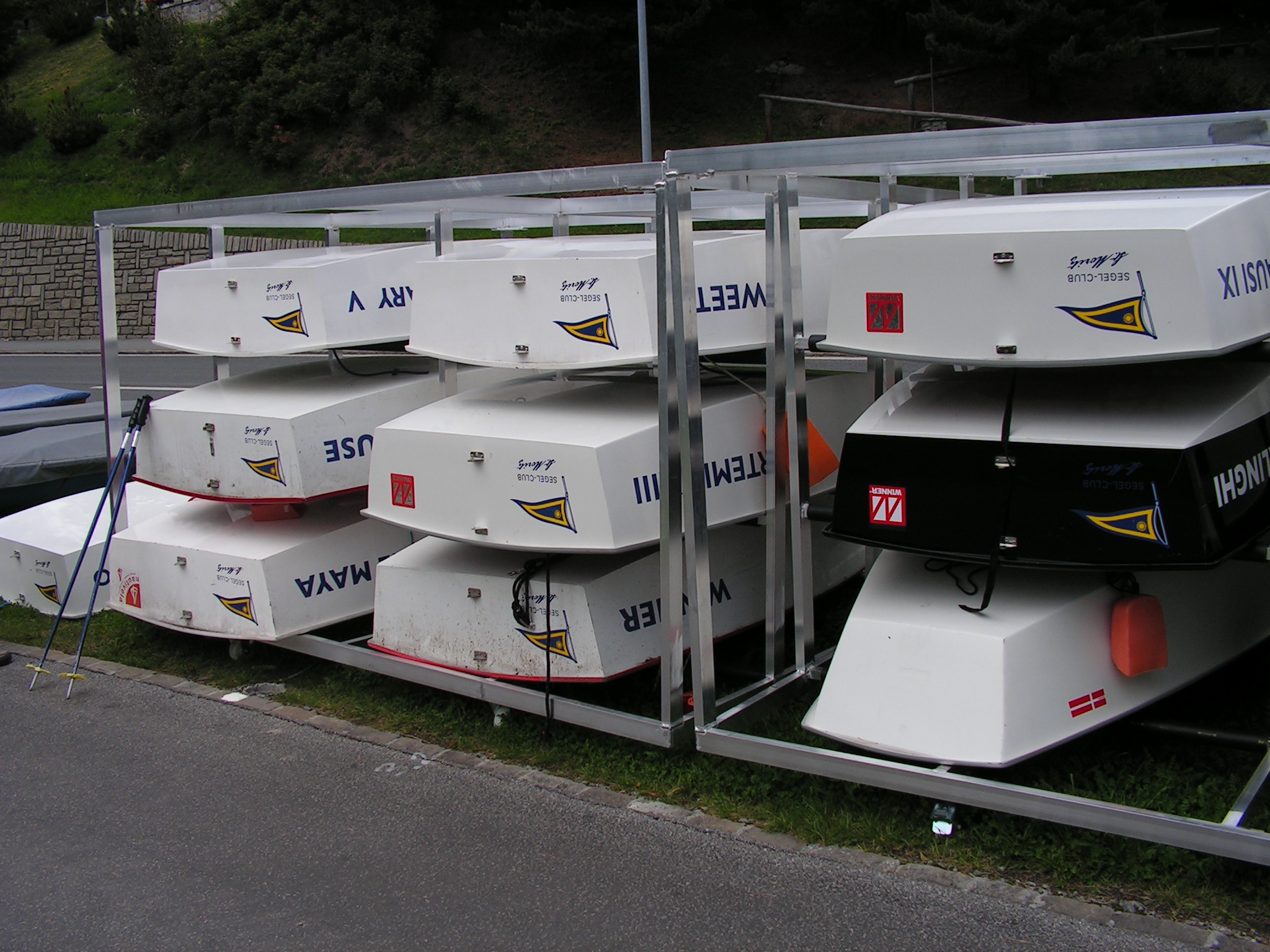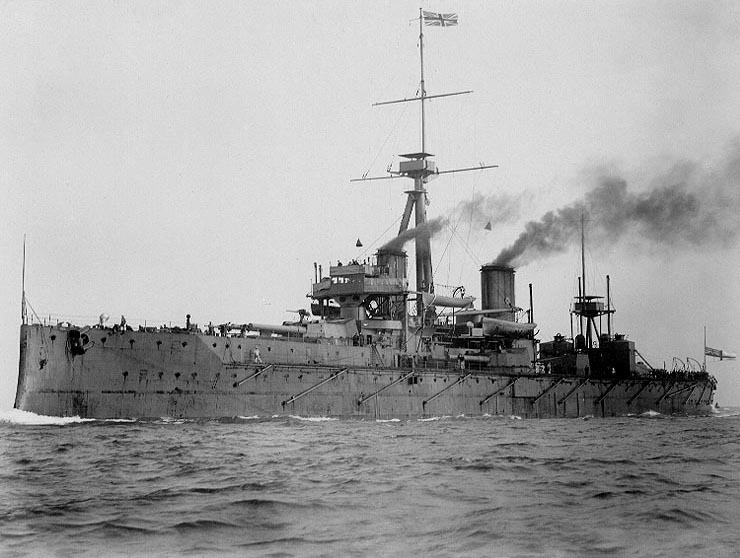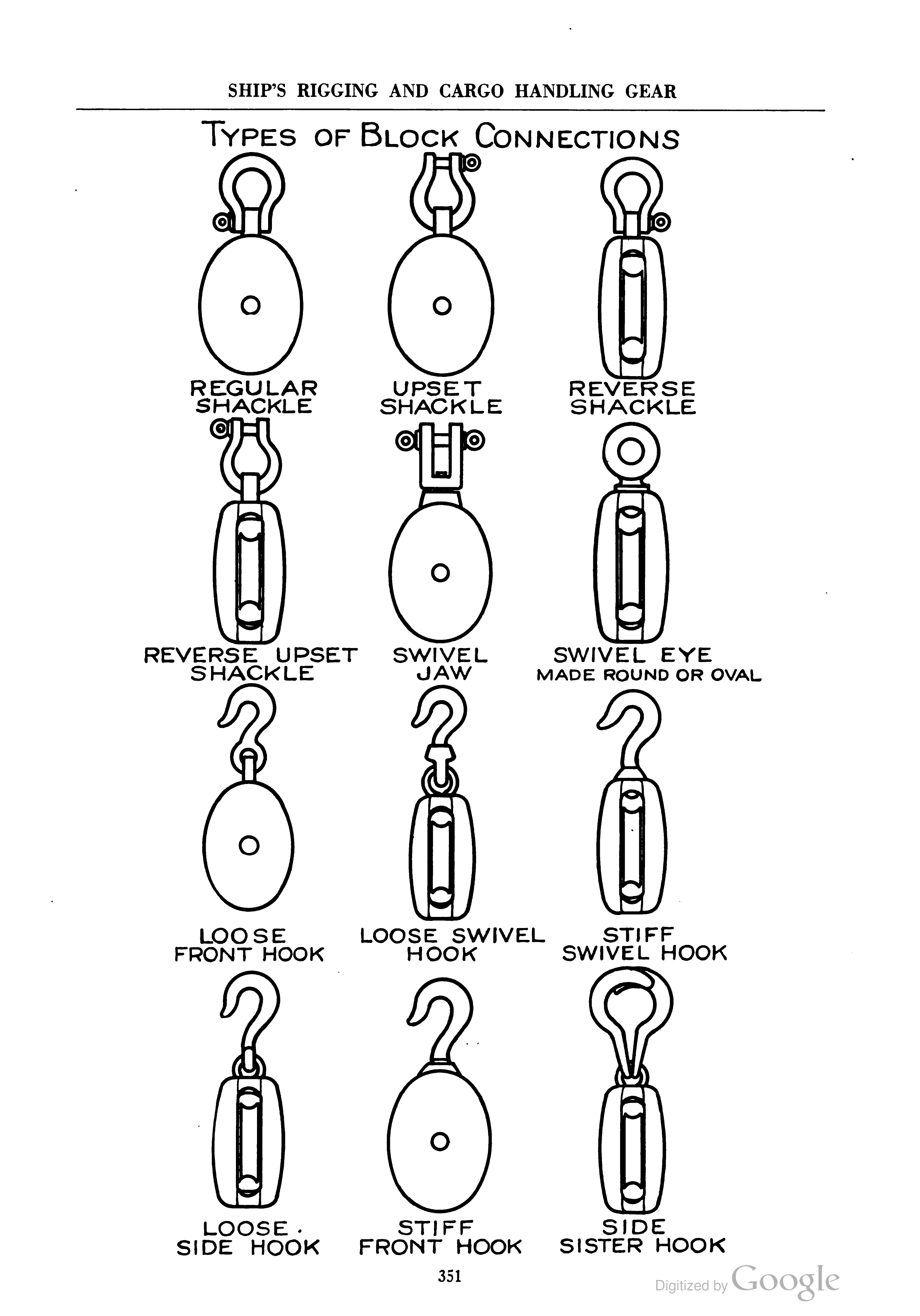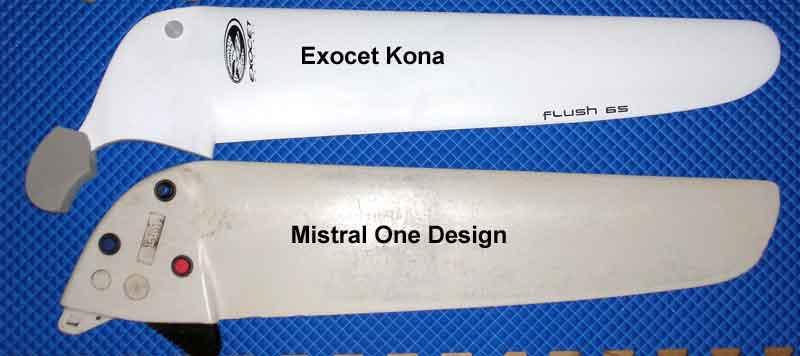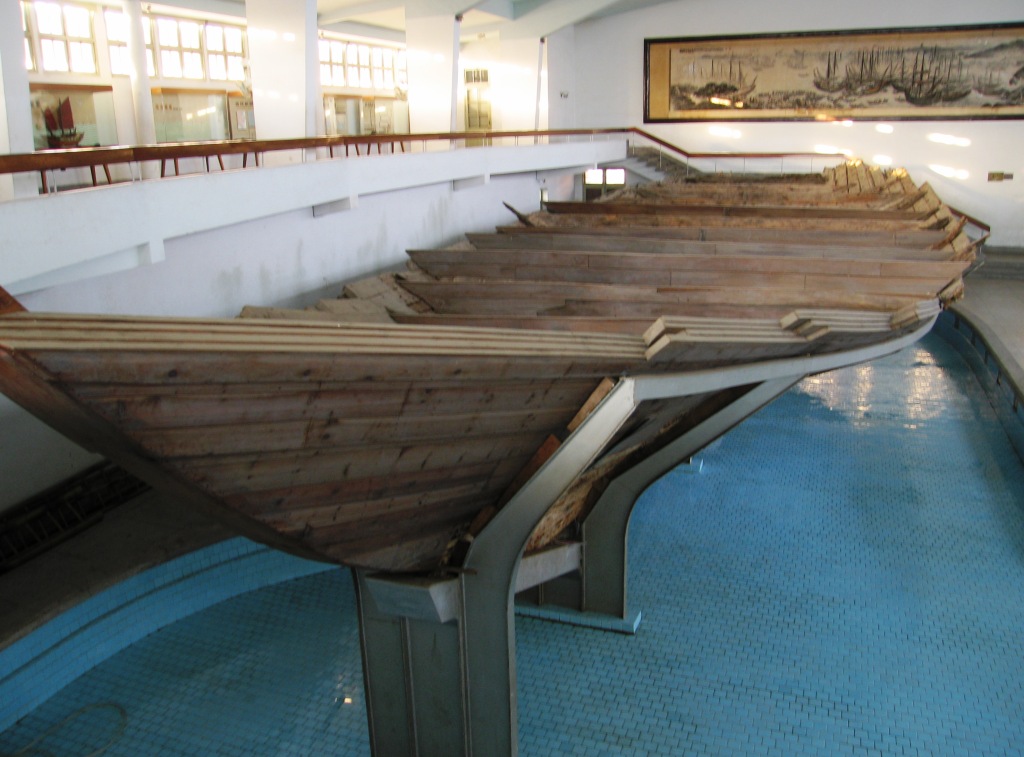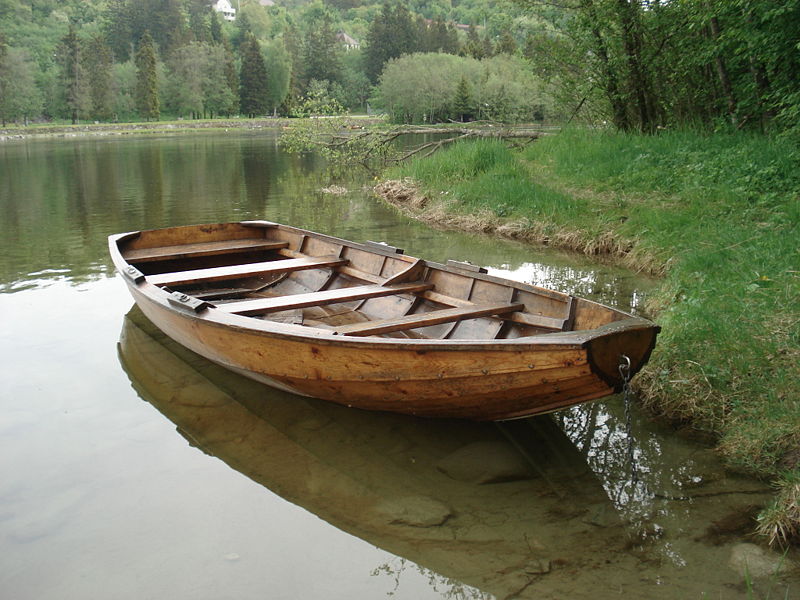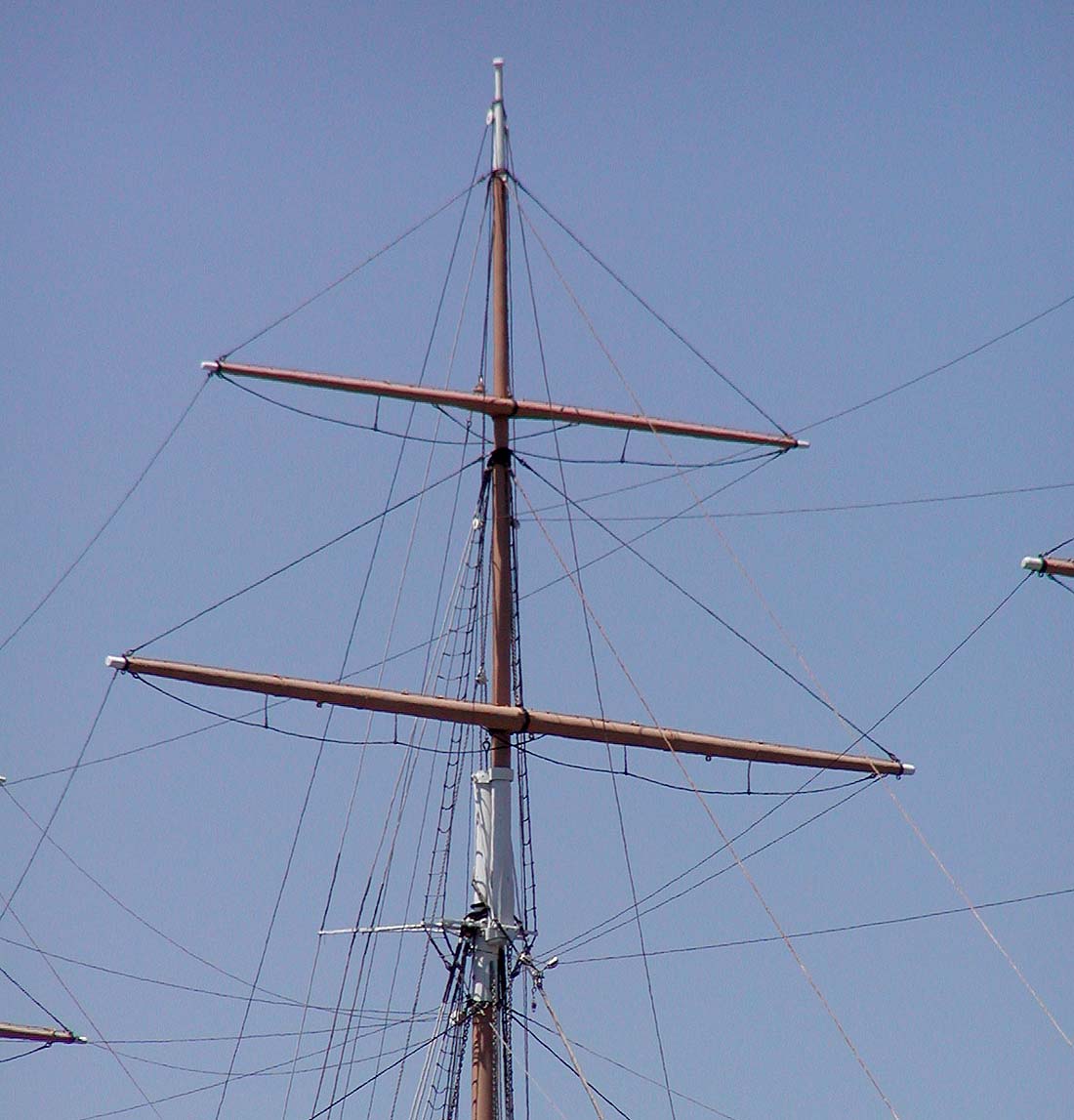|
Optimist (dinghy)
The Optimist is a small, single-handed sailing dinghy intended for use by young people up to the age of 15. The Optimist is one of the two most popular sailing dinghies in the world, with over 150,000 boats officially registered with the class and many more built but never registered. It is sailed in over 120 countries and it is one of only two sailboats as an International Class by World Sailing exclusively for sailors under 16. Origin The Optimist was designed in 1947 either by American Clark Mills or a Canadian sailor Gordon Reid a member of the Royal Canadian Yacht Club and the Clearwater Optimist Club at the request of the Clearwater Florida Optimist service club following a proposal by Major Clifford McKay to offer low-cost sailing for young people. The Optimist Club ran a soap box derby, but wanted more than a single-day event. Thus they were looking for a low-cost equivalent for sailing. The ultimate design was a simple pram that could be built from two 4' x 8' ... [...More Info...] [...Related Items...] OR: [Wikipedia] [Google] [Baidu] |
Monohull
right A monohull is a type of boat having only one hull, unlike multihulled boats which can have two or more individual hulls connected to one another. Fundamental concept Among the earliest hulls were simple logs, but these were generally unstable and tended to roll over easily. Hollowing out the logs into a dugout canoe doesn't help much unless the hollow section penetrates below the log's center of buoyancy, then a load carried low in the cavity actually stabilizes the craft. Adding weight or ballast to the bottom of the hull or as low as possible within the hull adds stability. Naval architects place the center of gravity substantially below the center of buoyancy; in most cases this can only be achieved by adding weight or ballast. The use of stones and other weights as ballast can be traced back to the Romans, Phoenicians and Vikings. Modern ships carry tons of ballast in order to maintain their stability; even heavily laden cargo ships use ballast to optimize the di ... [...More Info...] [...Related Items...] OR: [Wikipedia] [Google] [Baidu] |
Sabot (dinghy)
The Sabot is a type of sailing dinghy that is sailed and raced singlehandedly usually by young sailors in various parts of the world. The boat is suitable for amateur production. Early models were usually made from plywood. More recent models have been made from fiberglass. Variations on the design include the daggerboard-equipped El Toro (dinghy), El Toro from the Richmond Yacht Club in San Francisco Bay Area, the US Sabot, the "Naples Sabot" from Naples community of Long Beach, California, as well as Australian varieties, such as the Holdfast Trainer. See also Related development *El Toro (dinghy) *Holdfast Trainer *Naples Sabot *US Sabot *Optimist (dinghy) References External linksAustralian National Sabot Council [...More Info...] [...Related Items...] OR: [Wikipedia] [Google] [Baidu] |
Bow (ship)
The bow () is the forward part of the hull of a ship or boat, the point that is usually most forward when the vessel is underway. The aft end of the boat is the stern. Prow may be used as a synonym for bow or it may mean the forward-most part of the bow above the waterline. Function A ship's bow should be designed to enable the hull to pass efficiently through the water. Bow shapes vary according to the speed of the boat, the seas or waterways being navigated, and the vessel's function. Where sea conditions are likely to promote pitching, it is useful if the bow provides reserve buoyancy; a flared bow (a raked stem with flared topsides) is ideal to reduce the amount of water shipped over the bow. Ideally, the bow should reduce the resistance and should be tall enough to prevent water from regularly washing over the top of it. Large commercial barges on inland waterways rarely meet big waves and may have remarkably little freeboard at the bow, whereas fast military ... [...More Info...] [...Related Items...] OR: [Wikipedia] [Google] [Baidu] |
Sheet (sailing)
In sailing, a sheet is a line (rope, cable or chain) used to control the movable corner(s) (clews) of a sail. Terminology In nautical usage the term "sheet" is applied to a line or chain attached to the lower corners of a sail for the purpose of extension or change of direction. The connection in derivation with the root "shoot" is more clearly seen in "sheet-anchor", one that is kept in reserve, to be "shot" in case of emergency. Fore-and-aft rigs Fore-and-aft rigs comprise the vast majority of sailing vessels in use today, including effectively all dinghies and yachts. The sheet on a fore-and-aft sail controls the angle of the sail to the wind, and should be adjusted to keep the sail just filled. Most smaller boats use the Bermuda rig, which has two or three sets of sheets: * The mainsheet is attached to the boom, and is used to control the mainsail. In a rig with no boom on the mainsail, the mainsheet would attach directly to the mainsail clew. A mainsheet is a line con ... [...More Info...] [...Related Items...] OR: [Wikipedia] [Google] [Baidu] |
Block (sailing)
In sailing, a block is a single or multiple pulley. One or a number of '' sheaves'' are enclosed in an assembly between ''cheeks'' or ''chocks''. In use, a block is fixed to the end of a line, to a spar, or to a surface. A line (rope) is ''reeved'' through the sheaves, and maybe through one or more matching blocks at some far end, to make up a tackle. The ''purchase'' of a tackle refers to its mechanical advantage. In general the more sheaves in the blocks that make up a tackle, the higher its mechanical advantage. The matter is slightly complicated by the fact that every tackle has a ''working end'' where the final run of rope leaves the last sheave. More mechanical advantage can be obtained if this end is attached to the moving load rather than the fixed end of the tackle. There are various types of blocks that are used in sailing. Some blocks are used to increase mechanical advantage and others are used simply to change the direction of a line. A ''ratchet block'' turn ... [...More Info...] [...Related Items...] OR: [Wikipedia] [Google] [Baidu] |
Daggerboard
A daggerboard is a retractable centreboard used by various sailing craft. While other types of centreboard may pivot to retract, a daggerboard slides in a casing. The shape of the daggerboard converts the forward motion into a windward lift, countering the leeward push of the sail. The theoretical centre of lateral resistance is on the trailing edge of the daggerboard. General A daggerboard is a removable vertical keel that is inserted through a "trunk" in the center of a vessel's hull, usually amidships. Daggerboards are usually found in small sailing craft such as day sailers, which are easily handled by a single person. Daggerboards are not usually ballasted but are locked in place by a clip or pin. Unlike a centreboard, which can be set at different angles to the hull of the boat, daggerboards are generally limited to a single perpendicular position relative to the hull. If a daggerboard is located off center, it is called a leeboard or a bilgeboard. The characteristic whi ... [...More Info...] [...Related Items...] OR: [Wikipedia] [Google] [Baidu] |
Bulkhead (partition)
A bulkhead is an upright wall within the hull (watercraft), hull of a ship, within the fuselage of an airplane, or a car. Other kinds of partition elements within a ship are deck (ship), decks and deckheads. Etymology The word ''bulki'' meant "cargo" in Old Norse. During the 15th century sailors and builders in Europe realized that walls within a vessel would prevent cargo from shifting during passage. In shipbuilding, any vertical panel was called a head. So walls installed abeam (side-to-side) in a vessel's hull were called "bulkheads". Now, the term bulkhead applies to every vertical panel aboard a ship, except for the hull itself. History Bulkheads were known to the ancient Greeks, who employed bulkheads in triremes to support the back of rams. By the Athenian trireme era (500 BC), the hull was strengthened by enclosing the bow behind the ram, forming a bulkhead compartment. Instead of using bulkheads to protect ships against rams, Greeks preferred to reinforce the hull ... [...More Info...] [...Related Items...] OR: [Wikipedia] [Google] [Baidu] |
Pram (boat)
A pram is a small boat type which is typically less than 8 feet in length. The pram is a utility dinghy with a transom bow rather than a pointed bow. This type of pram provides a more efficient use of space than does a traditional skiff of the same size. The Mirror A mirror, also known as a looking glass, is an object that Reflection (physics), reflects an image. Light that bounces off a mirror forms an image of whatever is in front of it, which is then focused through the lens of the eye or a camera ... and Optimist sailboats are examples of this form. Modern prams are often 8 to 10 feet long and built of plywood, fibreglass, plastic or aluminum. They are usually oar powered. The Norwegian pram is commonly made of solid timber with much fore and aft rocker with a U-shaped cross section. In New Zealand and Australia the most common pram is an arc or v bottom rowboat commonly made of 6mm marine plywood often sealed with paint and/or epoxy resin. In the past often used ... [...More Info...] [...Related Items...] OR: [Wikipedia] [Google] [Baidu] |
Spar (sailing)
A spar is a pole of wood, metal or lightweight materials such as carbon fibre used in the rigging of a sailing vessel to carry or support its sail. These include yards, booms, and masts, which serve both to deploy sail and resist compressive and bending forces, as well as the bowsprit and spinnaker pole. In larger vessels during the age of sail, spare spars could be roped together to provide a temporary surface known as a "spar deck". These served as jury-rigged repairs for permanent decks, or as an additional platform under which to shelter goods or crew. The term was also informally applied to areas of the forecastle The forecastle ( ; contracted as fo'c'sle or fo'c's'le) is the upper deck (ship), deck of a sailing ship forward of the foremast, or, historically, the forward part of a ship with the sailors' living quarters. Related to the latter meaning is t ... or quarterdeck where spare spars were stored by laying them flat against the existing decking. In the moder ... [...More Info...] [...Related Items...] OR: [Wikipedia] [Google] [Baidu] |
Boom Vang
A boom vang (US) or kicking strap (UK) (often shortened to "vang" or "kicker") is a line or piston system on a sailboat used to exert downward force on the boom and thus control the shape of the sail. The Collins English Dictionary defines it as "A rope or tackle extended from the boom of a fore-and-aft mainsail to a deck fitting of a vessel when running, in order to keep the boom from riding up". The vang typically runs from the base of the mast to the boom. Due to the great force necessary to change the height of the boom while a boat is under sail, a line-based boom vang usually includes some sort of a pulley system. Hydraulic piston vangs are used on larger sailboats and controlled by manual or electric hydraulic pumps. By controlling leech tension, the boom vang is one way of controlling sail twist. The boom vang may also be used to flatten the mainsail on dinghies A dinghy is a type of small boat, often carried or Towing, towed by a Watercraft, larger vesse ... [...More Info...] [...Related Items...] OR: [Wikipedia] [Google] [Baidu] |
Boom (sailing)
In sailing, a boom is a spar (sailing), spar (pole), along the of a fore and aft rigged sail, that greatly improves control of the angle and shape of the sail. The primary action of the boom is to keep the ''foot'' flatter when the sail angle is away from the centerline of the boat. The boom also serves as an attachment point for more sophisticated control lines. Because of the improved sail control it is rare to find a non-headsail without a boom, but lateen sails, for instance, are loose-footed. In some modern applications, the sail is rolled up into the boom for storage or reefing (shortening sail). Boom attachment The forward end of the boom attaches to a Mast (sailing), mast just below the sail, with a joint called the Gooseneck (sailing), gooseneck. The gooseneck pivots allowing the other end of the boom to move freely. The Parts of a sail#Corners, clew (back corner) of the sail attaches to the free end of the boom. The entire ''foot'' of the sail may be attached t ... [...More Info...] [...Related Items...] OR: [Wikipedia] [Google] [Baidu] |
Mast (sailing)
The mast of a sailing vessel is a tall spar, or arrangement of spars, erected more or less vertically on the median line of a ship or boat. Its purposes include carrying sails, spars, and derricks, giving necessary height to a navigation light, look-out position, signal yard, control position, radio aerial, or signal lamp. Large ships have several masts, with the size and configuration depending on the style of ship. Nearly all sailing masts are guyed. Until the mid-19th century, all vessels' masts were made of wood formed from a single or several pieces of timber which typically consisted of the trunk of a conifer tree. From the 16th century, vessels were often built of a size requiring masts taller and thicker than from single tree trunks. On these larger vessels, to achieve the required height, the masts were built from up to four sections (also called masts). From lowest to highest, these were called: lower, top, topgallant, and royal masts. Giving the lower section ... [...More Info...] [...Related Items...] OR: [Wikipedia] [Google] [Baidu] |
